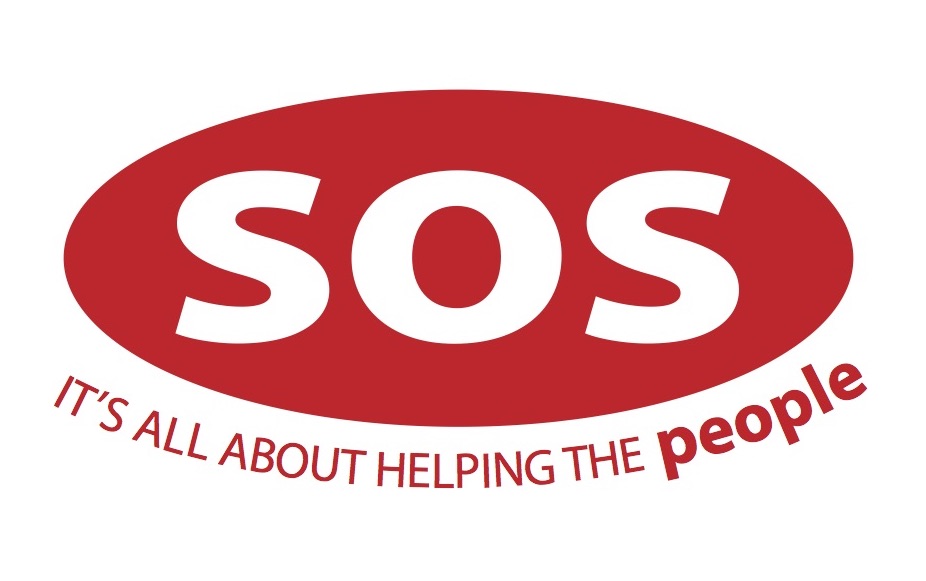

In Morse code, the dots are called “ dih” and the dashes, the long signals, are referred to as “ dah“. It is a continuous sequence of three dots three dashes and another set of three dots, all run together without letter spacing. In the international Morse code, SOS looks like this Although, in popular usage, SOS is associated with “ Save Our Ship,” “ Save Our Souls” or “ Send out Succour”, SOS doesn’t actually stand for anything.

Telegraphers used Morse code to send messages, which is a method of transmitting text information as a series of on-off tones, lights, or clicks that can be understood by a skilled listener or observer without special equipment.Ĭoming back to the distress signal, do you know what SOS stands for? No, it is not the 5 seconds of summer as our readers from Luxembourg might think, nor is it the music band of the same name probably known by our younger audience. Without it, ships which were at sea and out of visual range were isolated from the shore and from other vessels. Since the 19 th century, the system of communication between ships at sea was the wireless telegraphy. That is why we chose it as the IATE term of this week. Since then, every time there is an emergency, the SOS distress signal is used to ask for help. The MyHEH platform hosts hundreds of personal stories about European history, culture, heritage and much more, covering the period from the beginning of the 20th century up to the present day.Įxactly 108 years to this day, the SOS became the worldwide distress signal, three years after the German government first adopted it. My House of European History My House of European History (MyHEH) is a project of the Directorate General for Translation of the European Parliament, managed by the My House of European History Unit.


We invite “foodies” from all over the world to contribute with their posts.


 0 kommentar(er)
0 kommentar(er)
